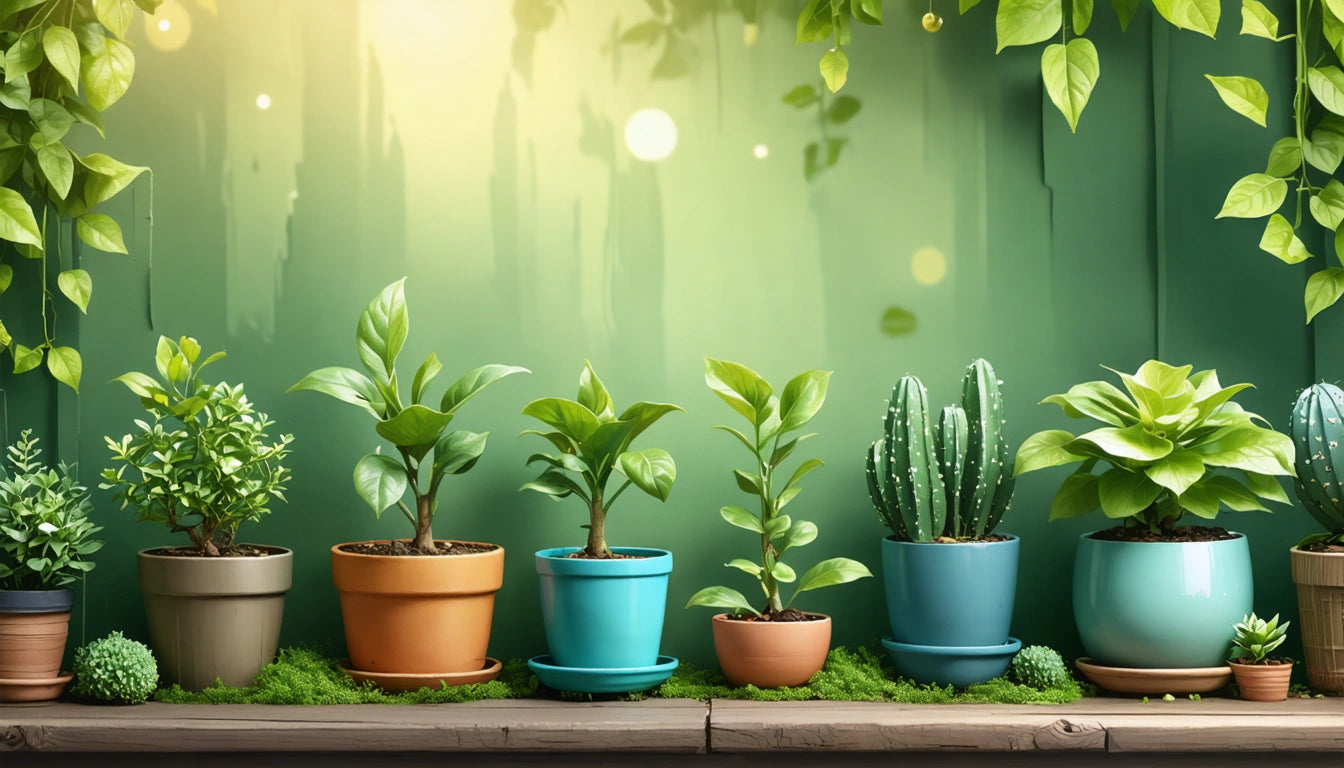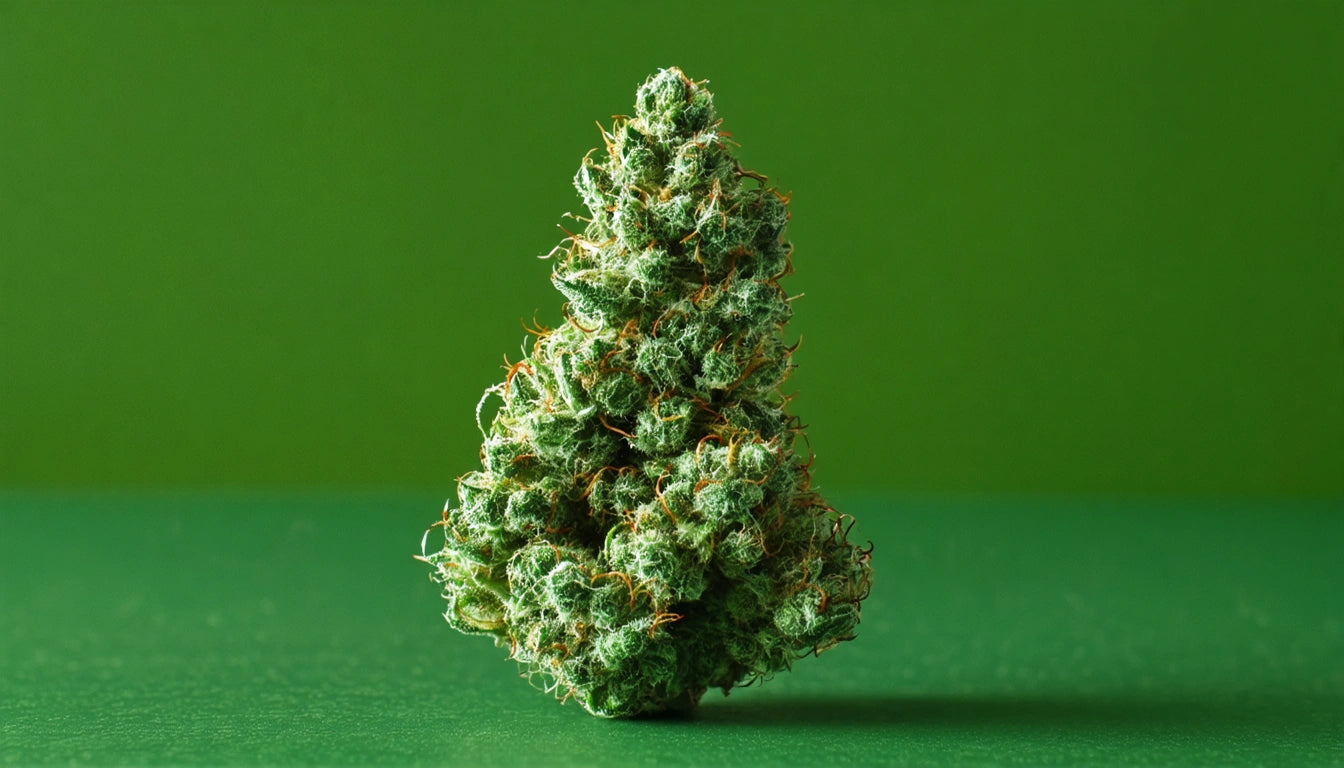Tips for Optimizing Growth and Managing Size of Potted Plants
Container gardening offers flexibility and convenience, but it also presents unique challenges when it comes to optimizing growth and managing plant size. Whether you're looking to accelerate development or keep plants compact, understanding the science behind plant growth in containers is essential for success.
Understanding Growth Factors in Potted Plants
Plants in containers face different conditions than those growing in open soil. Container plants rely entirely on you for their needs, making it crucial to understand the factors that influence their development:
- Light exposure and quality
- Water availability and consistency
- Nutrient access and balance
- Temperature regulation
- Root space limitations
- Humidity levels
Each of these factors plays a vital role in determining how quickly your plants grow and how large they become. When these elements are properly balanced, plants thrive; when any factor is suboptimal, growth can slow or become stunted.
Accelerating Plant Growth in Containers
Optimizing Light Conditions
If you're wondering how to make pot plants grow faster, light is often the limiting factor. Most plants require at least 6-8 hours of direct sunlight daily. For indoor plants, consider supplementing with grow lights, especially during winter months or in low-light environments.
Nutrient Management
Container plants deplete nutrients more quickly than garden plants. Implement a regular feeding schedule using a balanced fertilizer appropriate for your plant type. For faster growth, consider a slightly higher nitrogen formula, which promotes vegetative development.
According to expert growing tips, the right nutrient balance can dramatically accelerate plant development while maintaining plant health.
Temperature Control
Most plants grow fastest when temperatures remain in their optimal range, typically between 65-80 °F (18-27 °C). Avoid placing containers near drafty windows or heating vents that create temperature fluctuations.
Diagnosing and Fixing Stunted Growth
If you're concerned about why your plants are growing so slow, several common issues might be at play:
Root Binding
When plants become root-bound, growth slows dramatically. Check for roots circling the bottom of the pot or emerging from drainage holes. Repotting into a container 1-2 inches larger can stimulate new growth.
Improper pH Levels
Even with adequate nutrients, improper soil pH can prevent plants from absorbing what they need. Most container plants prefer a slightly acidic to neutral pH (6.0-7.0). Test your soil and adjust as needed.
Pest and Disease Issues
Inspect plants regularly for signs of pests or disease, which can significantly slow growth. Early intervention is crucial for maintaining healthy development.
For seedlings specifically, slow growth often indicates insufficient light or temperatures that are too low. Providing bottom heat and adequate light can help overcome why seedlings are growing so slow.
Managing Plant Size in Limited Spaces
Sometimes the challenge isn't accelerating growth but rather limiting it. Learning how to limit the size of potted plants becomes essential in small spaces or when maintaining mother plants.
Container Selection
The simplest way to restrict size is through pot selection. Smaller containers naturally limit root expansion and, consequently, above-ground growth. When selecting containers, consider using specialized containers with controlled volume that help maintain consistent plant sizes.
Pruning Techniques
Regular pruning encourages bushier growth rather than vertical stretching. For many plants, pinching the growing tips promotes lateral branching. This technique is particularly effective if you're wondering how to keep a mother plant small while maintaining its vigor.
Root Pruning
For long-term container plants, periodic root pruning helps maintain manageable size. Remove the plant from its container, trim away approximately 1/3 of the root mass (focusing on larger roots), and replant in fresh soil in the same container.
Optimizing Root Development for Healthier Plants
Healthy roots lead to healthy plants. To stimulate root growth in potted plants, consider these approaches:
Aeration and Drainage
Roots need oxygen as much as they need water. Use potting mixes with adequate perlite, vermiculite, or rice hulls to improve aeration. Ensure containers have sufficient drainage holes.
Root Stimulants
Several compounds can help stimulate root development:
- Seaweed extract contains natural growth hormones
- Mycorrhizal fungi form beneficial relationships with roots
- Humic acids improve nutrient uptake and root development
Applying these amendments according to package directions can significantly improve root mass and function, addressing concerns about how to stimulate root growth in potted plants.
Advanced Techniques for Optimized Container Gardening
For gardeners looking to take their container growing to the next level, several advanced techniques can help make plants bigger and healthier:
Strategic Transplanting
Rather than immediately placing seedlings in their final large containers, start small and gradually increase pot size. This approach, detailed in germination guides, allows roots to establish fully at each stage before expanding.
Environmental Manipulation
Slightly adjusting environmental factors can trigger growth responses. For example, plants like ZZ plants respond well to periods of brighter light followed by regular conditions. This technique can be particularly effective if you're researching how to make ZZ plant grow faster.
Foliar Feeding
Supplementing regular fertilization with occasional foliar feeding (spraying diluted nutrients directly on leaves) provides an immediate nutrient boost. This approach is especially effective for plants showing signs of deficiency.
By implementing these strategies consistently, you can overcome growth challenges and create thriving container gardens regardless of space limitations. The key is understanding your specific plants' needs and providing consistent care tailored to those requirements.











Leave a comment
All comments are moderated before being published.
This site is protected by hCaptcha and the hCaptcha Privacy Policy and Terms of Service apply.